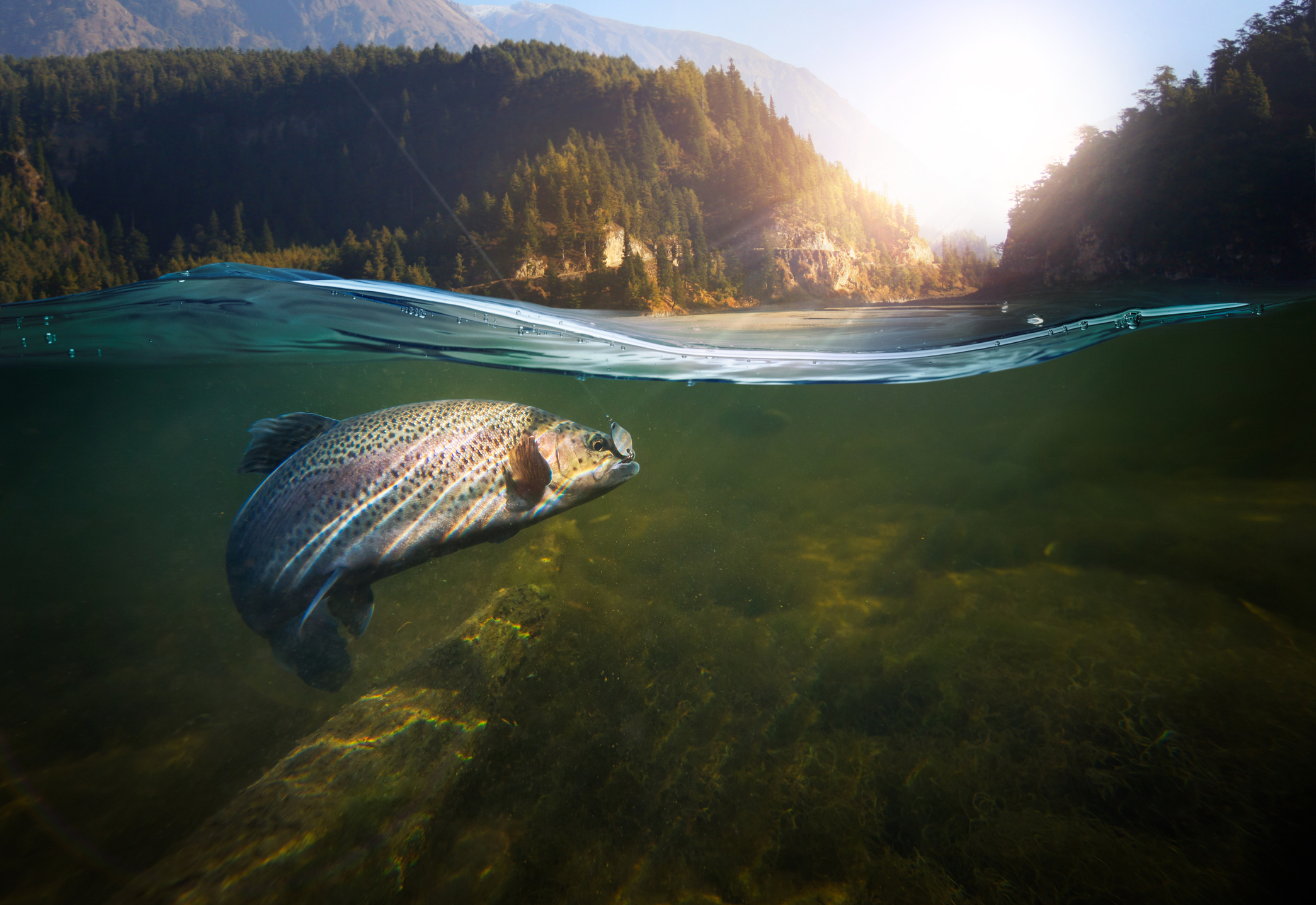Following in the footsteps of last year’s controversial and poorly conceived proposal to mandate streamside buffers for landowners, legislators have offered new bills to improve fish habitat. While the proposals are better than last year, they still put the burden of environmental stewardship heavily on farmers.
Last fall stakeholders from agriculture, tribal communities, fishermen, and more met twice to provide their thoughts on how to craft a new version of HB 1838, the infamous “buffer bill” from the 2022 legislative session that would have required farmers and other landowners to set aside land near streams and maintain those buffers to reduce water temperatures.
Based on the feedback from that bill, legislators have offered HB 1215 and SB 5266. Rather than the costly mandates in HB 1838, the 2023 versions create a new version of the Voluntary Stewardship Program (VSP) with the same amount of funding uncertainty and one significantly heavy burden – use of the Washington State Department Fish and Wildlife (WDFW) publications Riparian Ecosystems, Volume 1: Science Synthesis and Management Implications (2020) and Riparian Ecosystems, Volume 2: Management Recommendations (2020) as “the best available science” on riparian buffers.
The VSP was negotiated between a similar group of stakeholders in 2007 to address riparian habitat and farmland preservation needs throughout the state, with a final plan being given to the legislature in 2010. In 2011, ESHB 1886, which created the VSP, was signed into law.
The program is an incentive-based, voluntary effort to preserve farmland while protecting environmentally critical areas under the Washington State Growth Management Act. Specifically, the goal was to have agriculture and environmentalists work together to support a vibrant food producing economy while offering ways in which to care for environmentally sensitive areas long-term. The VSP was fully implemented in 2017 but has yet to receive the funding necessary to develop the entire scope of the program.
Part of the spirit of the VSP has remained in HB 1215 and SB 5266 – protecting environmentally sensitive riparian habitats. That is where the similarities end.
The bill promises five years of incentive payments to landowners who install riparian buffers but does not identify how those payments will be calculated, where the funds will come from, or what the expectations of landowners are after the five-year incentive period ends.
Additionally, landowners are tied not to the current generally accepted buffer zone width of 60 feet but to a math problem called “site potential tree height” (SPTH) outlined in the Riparian Ecosystems publications from WDFW. Without getting too technical, SPTH creates a riparian buffer distance based on the average maximum height of the tallest dominant tree species in a designated geographical area. Most SPTH buffers are 140 to 240 feet in distance from the riparian area for which they are meant to provide shade, debris, and other benefits.
There is a significant flaw in using SPTH as the answer to all buffer zones in our state: our ecosystems are significantly different between Eastern and Western Washington. Western Washington is awash with various tree species while Eastern Washington has several areas where trees are not part of the landscape. If trees are required for riparian areas, large parts of Eastern Washington are automatically precluded from the activity based upon the lack of vegetation and water availability.
However, the conundrum of SPTH is not exclusive to Eastern Washington. In Skagit and Whatcom counties, where rural communities and farms rely on drainage ditches and tile drains in fields to keep tidewaters from inundating the land during high tides, planting trees along riparian areas – some of which run dry in high summer – makes the drainage ditches difficult, if not impossible, to maintain. The drainage ditches in those counties are unlined, open-air ditches that must be cleaned of the sedimentation and debris that impedes their function.
Finally, WDFW’s own publication notes that beyond 100 feet, there is virtually no additional reduction in stream temperatures. Buffers larger than that size have big costs but offer few benefits to stream habitat.
So, what is the solution? The VSP and other cooperative, voluntary efforts that are incentivized properly. If given the time and adequate funding, the VSP is an opportunity for our precious farmland and our species to be protected and preserved. It took willing participants three years to come up with a workable framework for the VSP and the Governor’s office proposes to create a remarkably similar program after just two stakeholder meetings.
If we are going to take our food security and species protections seriously, we need to give proper time and weight to the discussions between stakeholders. And, more importantly, all the stakeholders involved need to behave as the VSP group did – with all their cards on the table about their hopes, goals, and aspirations. A ceremonial and traditional tribal food source deserves protection. Our farm- and ranchlands also deserve protection. Both are being encroached upon by housing developments, environmental changes, and societal shifts in a way that makes each critical to preserve.






